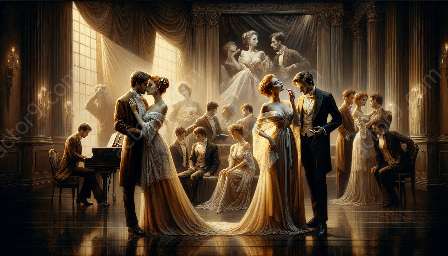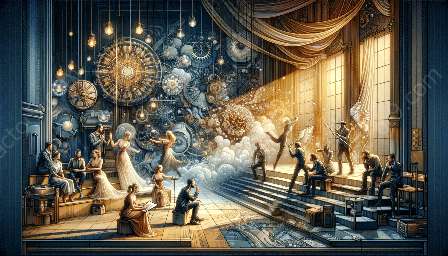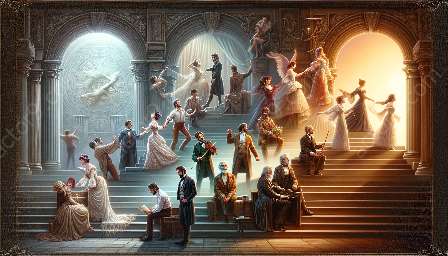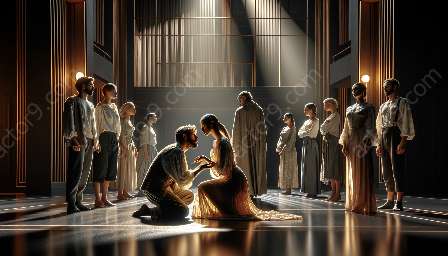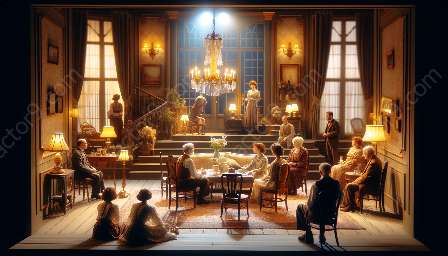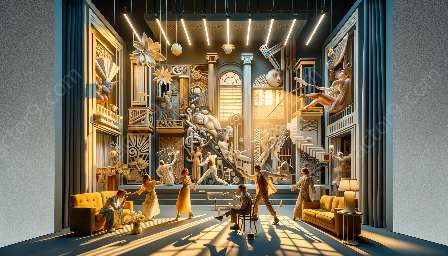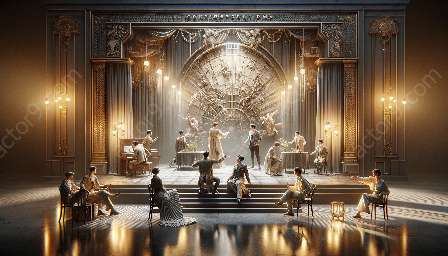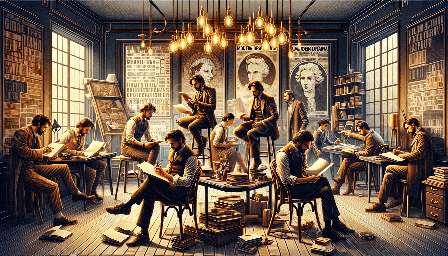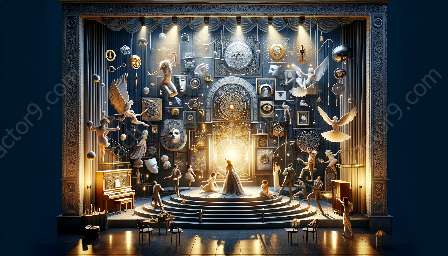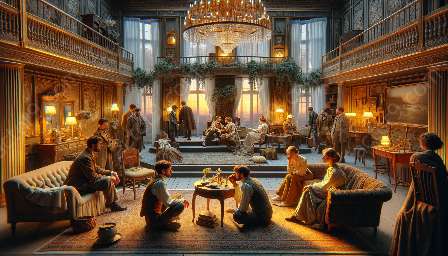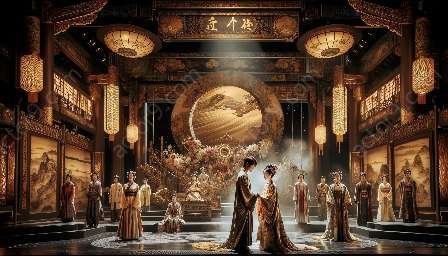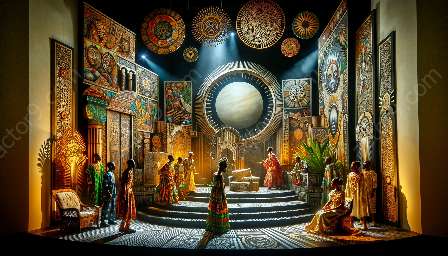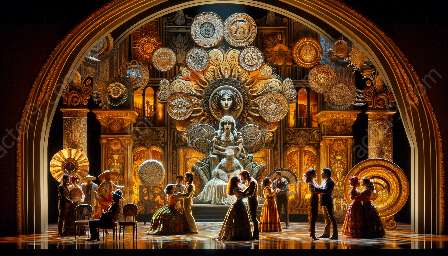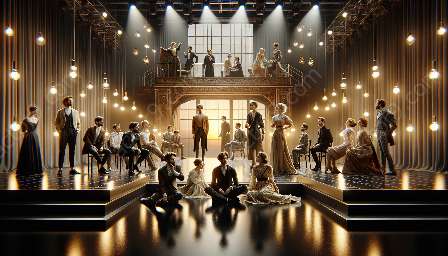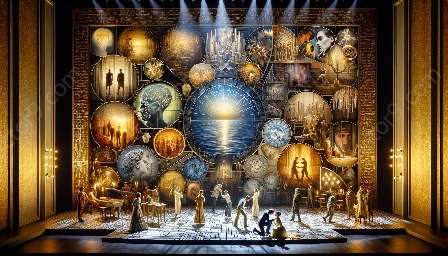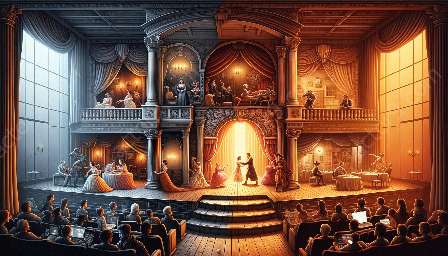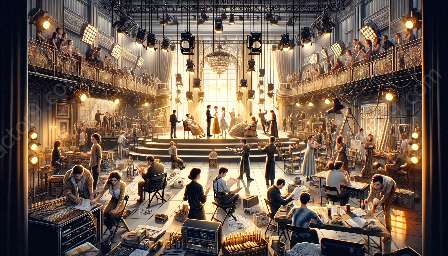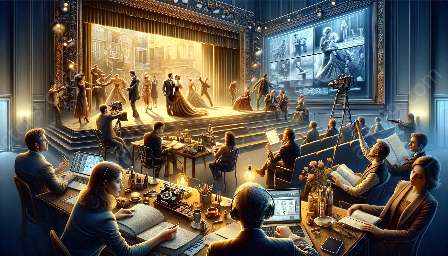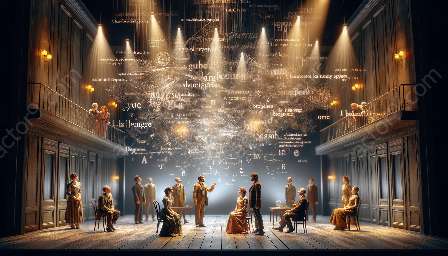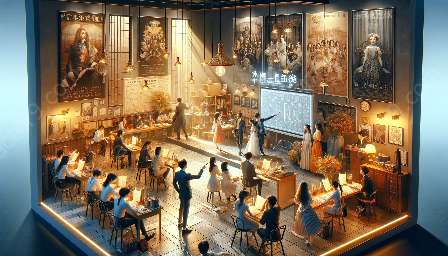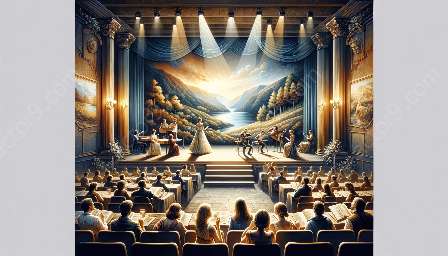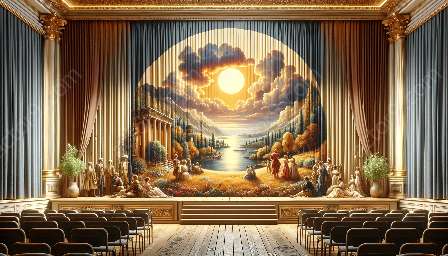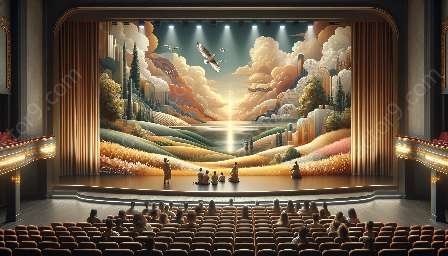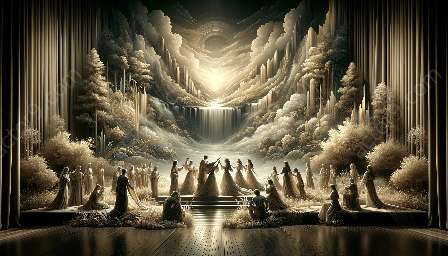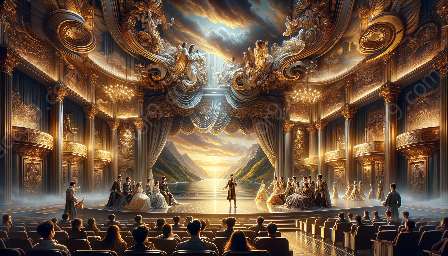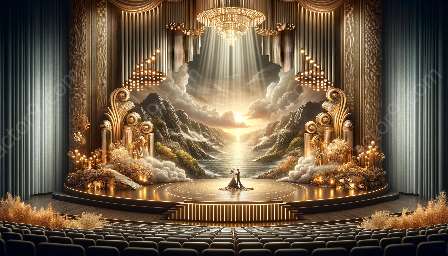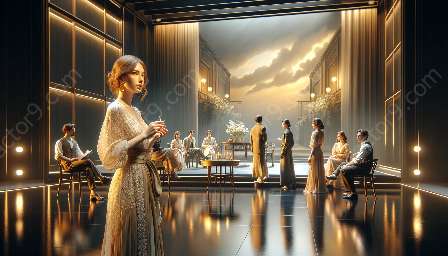Traditional Asian theater forms, such as Kabuki, Peking opera, and Sanskrit drama, have long been revered for their cultural significance and historical value. However, in today's world, these traditional art forms face numerous challenges in preserving their authenticity while adapting to modern influences. This creates a delicate balance between upholding the rich heritage of these theater forms and embracing contemporary artistic expressions. In this context, it is essential to consider the challenges and opportunities associated with the intersection of traditional Asian theater and modern influences in the realm of modern drama.
Understanding Traditional Asian Theater Forms
Traditional Asian theater forms are characterized by their deep roots in history, culture, and mythology. They often incorporate distinct elements such as elaborate costumes, stylized gestures, and music that are integral to their performances. These theater forms have been passed down through generations and hold significant cultural and religious meanings for many Asian societies.
Challenges of Preserving Traditional Asian Theater Forms
One of the primary challenges in preserving traditional Asian theater forms is the risk of dilution or distortion in the face of modern influences. As globalization and technological advancements continue to reshape the entertainment landscape, traditional theater forms are at risk of being overshadowed by popular modern mediums. Additionally, the decline of traditional patronage and the aging of traditional practitioners pose significant hurdles to the sustainability of these art forms.
The delicate balance between authenticity and innovation is another key challenge. While it is important to preserve the essential elements of traditional theater, there is a need to adapt to contemporary contexts in order to remain relevant and accessible to modern audiences. This requires careful consideration of how to integrate modern themes, techniques, and technologies without compromising the cultural integrity of the art form.
Embracing Modern Influences in Traditional Asian Theater
Despite these challenges, traditional Asian theater forms have the opportunity to thrive in the modern world by embracing innovative approaches. Collaboration with modern playwrights, directors, and performers can infuse new energy into traditional performances, creating thought-provoking interpretations that resonate with contemporary audiences.
Furthermore, leveraging digital media and online platforms can help traditional theater reach a wider audience and engage with younger generations. By adapting marketing strategies and exploring new performance spaces, traditional Asian theater forms can break free from the confines of tradition and explore innovative production methods that align with modern sensibilities.
Intersection with Modern Drama
The intersection of traditional Asian theater forms and modern drama presents a captivating dynamic. As modern drama continues to evolve, drawing inspiration from diverse cultural influences, traditional Asian theater has the potential to enrich and diversify the modern theatrical landscape.
The fusion of traditional and modern elements in theatrical productions can create compelling narratives that bridge the gap between past and present. Modern playwrights and directors can incorporate traditional storytelling techniques and performance styles into contemporary works, offering audiences a multi-dimensional theatrical experience.
Conclusion
Preserving traditional Asian theater forms while embracing modern influences is a complex yet rewarding endeavor. By addressing the challenges through careful adaptation and collaboration, traditional theater can continue to thrive and inspire audiences in the context of modern drama and Asian modern drama. This delicate balance ensures that the timeless allure of traditional Asian theater remains ever-evolving, captivating, and relevant in an increasingly dynamic world.

